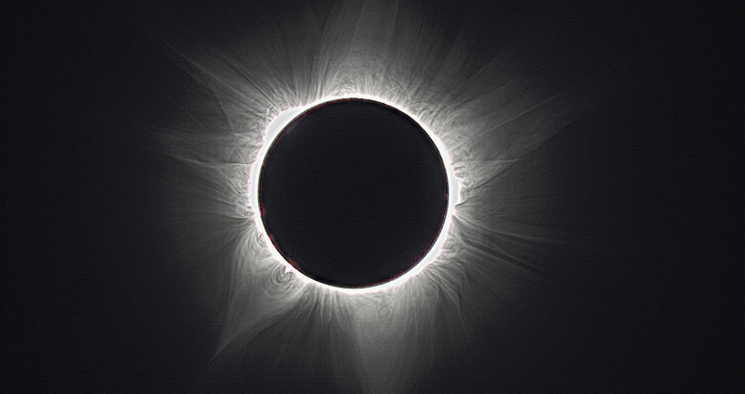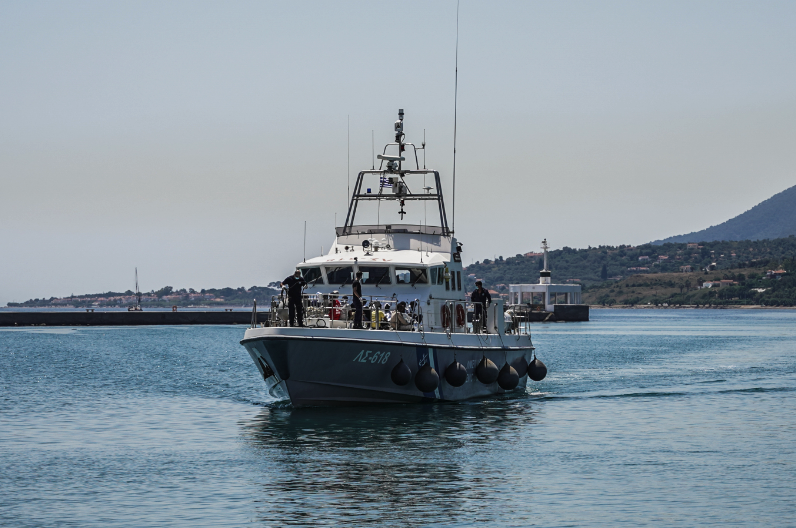The total eclipse will be visible to millions of people in areas of North America, Mexico & Canada – The darkness may last up to four minutes.
On Monday, April 8th, a large part of North and Central America will have the opportunity to witness the Moon passing in front of the Sun and covering it during a total solar eclipse.
The total eclipse will be visible to millions of people in areas of North America, Mexico, and Canada. It will begin from the southern Pacific Ocean, with the first areas of Mexico observing it from the Pacific coast. The path of the eclipse will cross Mexico and continue into the USA, passing through Texas, continuing northeast, and then crossing into Canada.
During totality, when the Moon’s black disk takes the place of the Sun, the sky will darken as if it were dawn or dusk, and spectators (with protective glasses) will have the opportunity to observe the Sun’s corona, the outer atmosphere of the Sun. This phase can last up to four minutes. Outside the path of totality, people in neighboring areas will have the opportunity to see a partial solar eclipse.
Live coverage of the eclipse by NASA
According to NASA, approximately 31.5 million people live along the path of the eclipse, while overall, over 300 million individuals will have the opportunity to experience at least a partial eclipse. NASA has scheduled live coverage of the eclipse starting at 8 p.m. Greek time and for three hours from locations across the USA.
Groups of professional and amateur astronomers, astrophotographers, and eclipse chasers from all over Greece are preparing to travel, some to the USA and some to Mexico, to observe and study the impressive astronomical phenomenon.
Solar flares are expected
Among them is astrophysicist Fiori-Anastasia Metallinou, who will travel to Durango, Mexico, with members of the Astronomical Association “Dioskouroi” from Sparta. There, the eclipse will have a total duration of two hours and 41 minutes, with totality lasting three minutes and 47 seconds.
See Also:
NASA figured out why its Voyager 1 probe has been glitching for months
As Mrs. Metallinou explained to ANA-MPA, in 2024, the Sun is at the peak of its solar activity, so all solar phenomena appear more intensely. “So, in this particular eclipse, weather permitting, we hope and expect to observe more intense solar phenomena, such as solar flares and prominences. Even the Sun’s corona will be more vivid in the observations and measurements that will be taken, and in the photos that will be captured.”
She also highlights another interesting aspect of this particular total eclipse: that it occurs 18 years after the total eclipse of 2006, which was visible from Kastellorizo. “These 18 years constitute a periodicity known as the Saros cycle, which was known to the Babylonians and ancient Greeks, who could thus predict eclipses. In this cycle, eclipses repeat identically, so on April 8th, we will see an eclipse identical to the one in Kastellorizo.”
It is noted that the next total solar eclipse is expected on August 12, 2024, and will be visible from Iceland, Portugal, Russia, and Spain.



































